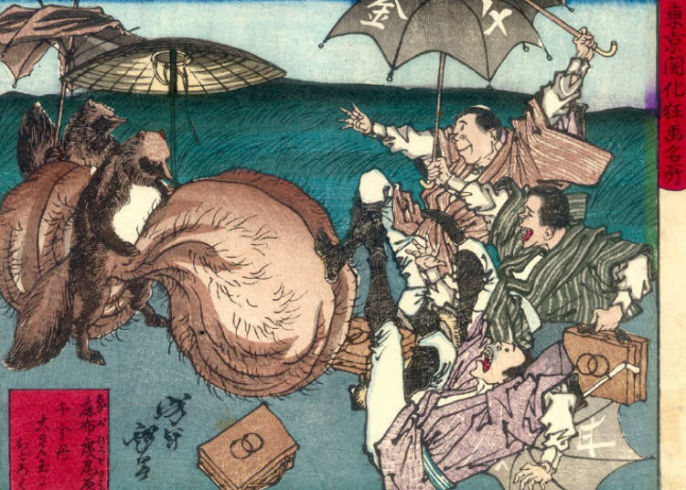
In Jungian psychology, the Shapeshifter expresses the energy of the anima and animus. The animus is the male element of the female unconscious and the anima the female element of the male unconscious. Both male and female elements are essential for survival and a healthy internal balance. For an individual to suppress their anima or animus, as is often required in society, causes instability and breakdown.
The Shapeshifter represents uncertainty and change, reminding us that not all is as it seems. Shapeshifters are by their very nature difficult to pin down. The archetype takes many forms, as vampires, werewolves or witches, where their shapeshifting is physical; or it presents emotionally, as the fickle love interest, or the double-crossing ally.
Dramatically, the Shapeshifter brings suspense and doubt into the story, as such they may be the catalyst for action. The archetype also allows the writer to misdirect the reader into pigeon-holing a character on first impressions. The reader’s surprise when the truth is revealed is a powerful tool.
Examples in folklore and mythology
- Kitsune the fox (Japanese)
- Zeus (Greek)
- Selkies (Celtic and Norse)
- Skin-walker (Navajo)
- Loki (Norse)
Examples in literature
- Blackie, Sharon (2019) Foxfire, Wolfskin and other stories of shapeshifting women
- Carter, Angela (1979) The Bloody Chamber and other stories
- Gilbert, Zoë (2019) Folk
- James, Marlon (2019) Black Leopard, Red Wolf
- Johnson, Kij (2001) The Fox Woman
- Lai, Larisssa (2002) Salt Fish Girl
- Lawler, Andrea (2017) Paul Takes the Form of an Ordinary Girl
- Ovid Metamorphoses
- Smith, Ali (2007) Girl Meets Boy
- Stevenson, Robert Louis (1886) The Strange Case of Dr Jekyll and Mr Hyde
- Stoker, Bram (1897) Dracula
Bibliography
Truax, Corey (2016) Archetypes: Shapeshifting Characters
Vogler, Christopher (1998) The Writer’s Journey. Third Edition. Michael Wiese Productions.








